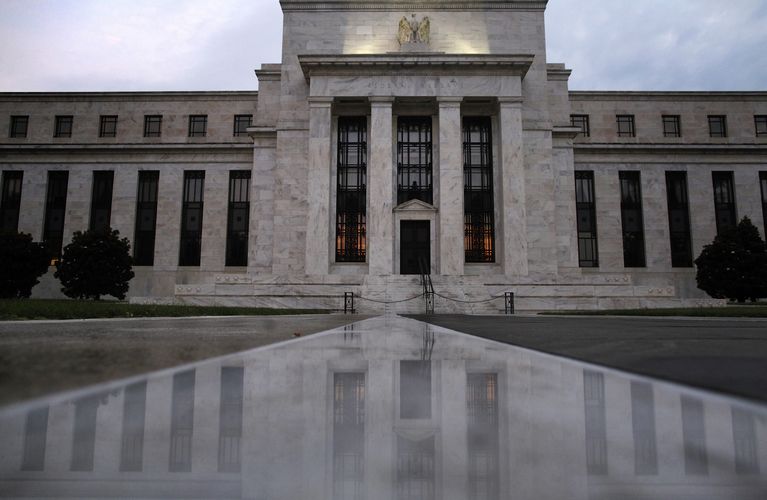
Anthony Peters
SwissInvest strategist
If “key weeks” could be graded from one to five, this one would surely be a five or close to it. US, UK and eurozone indicators are all pointing upwards, sentiment indices are broadly all north of 50.00 and markets are demonstrating the lowest stress levels in a very long time.
And yet, the ointment contains a number of flies.
The elephant in the room remains “tapering” which could quite easily trample everyone in the financial asset business to death, should the US Labor Department’s October payroll report on Friday surprise to the upside. The consensus estimate is quite conservative at around 125k and we also have the revision of the September figure to deal with.
However, first we have to get to Friday by way of a series of secondary and tertiary indicators, assuming that I can be so bold as to refer to today’s release of September Factory Orders to be secondary.
In their own way, all stats are now secondary as we wind up to the day when the free money begins to be withdrawn while we have no clue what the effect will be when it is. All we do know is that discounted cash-flow based pricing models will need to be re-calibrated and with that the valuation of markets will change. However, by how much and how quickly is a complete unknown.
In order to understand the markets’ uncertainty, all one has to do is to look through the papers and look for the name of the President of the Richmond Fed, Jeff Lacker, in the context of a speech he gave on Friday in Philadelphia. For some he is seen as a cautious hawk who believes that tapering is upon us but that it will not represent meaningful tightening, for others he is the arch sceptic who sees no meaningful GDP growth and who follows that up with the observation that the probability of another recession is “bigger than we thought”.
In all contexts, the issue remains that as significant chunk of the USA growth has been driven by its own erstwhile steadfast refusal to rein in public spending and that nobody quite knows what will happen when the much vaunted sequestration savings really begin to kick in.
Is the world a better place? No it is not. It is simply a place where being short has done little in the medium term other than cost money over the past few years
Therefore, risk asset markets seem to have one foot firmly on the gas with the other poised over and occasionally tipping the brake pedal in order to check that it works, just in case. Meanwhile, the DAX has broken the 9,000 point barrier. Just for the record, the FTSE and the DAX were both trading at or around 3,500 points in March 2009. The former closed on Friday at 6,734 points and the former, as mentioned at 9,007.83. However, if you put German equities in a broader eurozone context, maybe one should look at the broader EuroStoxx 50 which has over that same period from March 2009 to now risen a mere 69% from 1,809 points to close Friday at 3,068 points. Although fatuous, I’d love to know what the EuroStoxx had done, should one discount out the German names.
I happened to be in earshot of German TV last week where second only to the phone hacking scandal – did the NSA learn from the News of the World or did the News of the World learn from the NSA? – was the criticism which the US Treasury directed against Germany for exporting too much and for not consuming enough. Without a doubt, the Ministry of Economics in Berlin will have been tempted to suggest that the Yanks should consume less and export more but they kept their council and let the Chancellery deal with Washington.
That brings me full circle for although we are keenly awaiting the Payroll Report on Friday, US consumers remain cautious. All tolled, the picture remains opaque and as we stand today, the default position has to be to remain long a least through the end of the year.
Is the world a better place? No it is not. It is simply a place where being short has done little in the medium term other than cost money over the past few years. The cost of underestimating the markets’ ability to escape melt-down has been high and one which no self-respecting CIO or portfolio manager is prepared to be exposed to.
What’s wrong with wearing blinkers if they help to win the race?
